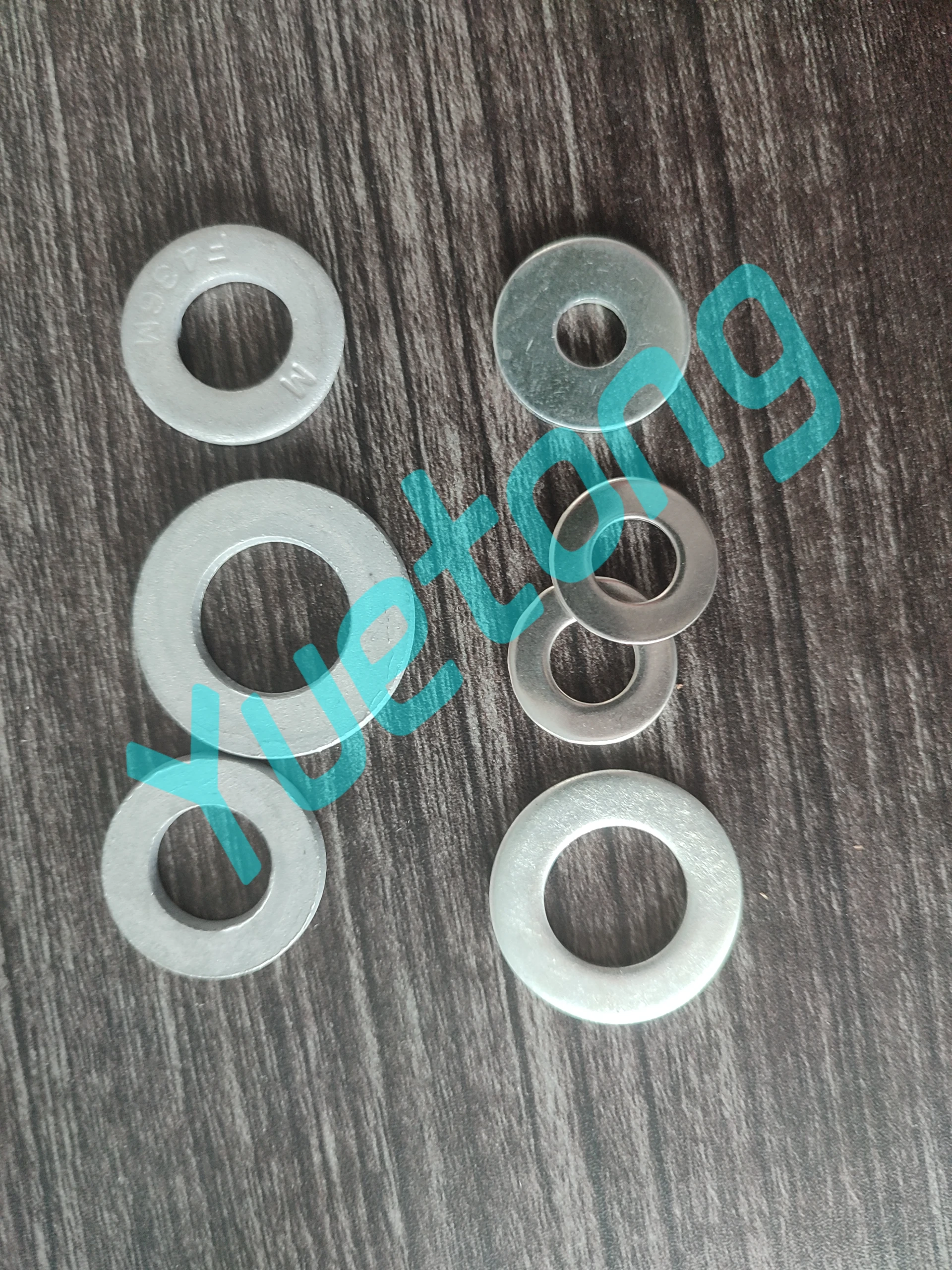Dez . 03, 2024 20:47 Back to list
Understanding the Functionality and Applications of Hardware Threaded Rods in Construction
Understanding Hardware Threaded Rods An Essential Component in Construction and Engineering
In the realm of construction and engineering, the importance of reliable fastening systems cannot be overstated. One of the key components that plays a crucial role in these systems is the threaded rod. Hardware threaded rods are vital elements that ensure structural integrity and stability in various applications. This article delves into the definition, types, applications, advantages, and best practices associated with threaded rods.
What is a Threaded Rod?
A threaded rod, also known as a stud, is a long metal rod with helical grooves cut along its length. These grooves, or threads, allow the rod to engage with nuts and other fasteners, providing a secure and adjustable connection between components. Typically manufactured from materials like carbon steel, stainless steel, or alloy steel, threaded rods can also vary in size, from small diameters to larger, heavy-duty options designed to withstand considerable tension and shear forces.
Types of Threaded Rods
Threaded rods come in various types, each designed for specific applications
1. Standard Threaded Rods These are commonly used in general-purpose applications across various industries. They typically feature a coarse thread and are available in various lengths and diameters.
2. Fine Threaded Rods With closer thread spacing, fine-threaded rods offer better tension and are used in applications requiring alignment and precision, such as in machinery and frameworks.
3. Fully Threaded Rods These rods are threaded entirely along their length and allow for greater versatility in use, enabling connections at different points.
4. Partially Threaded Rods These rods have threads only on one end, leaving the other end smooth for applications that require anchoring into a structure.
5. Lifting Rods Specifically designed for lifting heavy loads, these rods come with specific load ratings and material grades to ensure safety and reliability during use.
Applications of Threaded Rods
The versatility of threaded rods makes them applicable in a wide range of fields
- Construction Threaded rods are extensively used in concrete applications, anchoring structural elements, and establishing connections between beams and columns.
- Mechanical Engineering In machinery, threaded rods facilitate the assembly of components and allow adjustments to be made easily.
hardware threaded rod

- Automotive Industry Threaded rods can be found in various automotive applications, including suspension systems and engine mounts.
- Manufacturing They are commonly used in conveyor systems, scaffolding, and supports
.Advantages of Using Threaded Rods
1. Strength and Durability Made from robust materials, threaded rods can withstand significant forces, ensuring long-term performance.
2. Versatility The availability of various types and sizes makes threaded rods suitable for countless applications, be it in the home, machinery, or industrial settings.
3. Adjustability Threaded rods facilitate easy adjustments and maintenance, making it simpler to secure or release connections as required.
4. Cost-Effective They offer a straightforward solution to fastening needs without breaking the bank, thereby contributing to overall project efficiency.
Best Practices for Installation and Use
To ensure optimal performance and safety when using threaded rods, consider the following best practices
- Material Compatibility Always choose a threaded rod material that is compatible with the materials it will connect to, especially concerning corrosion resistance.
- Proper Torque Specifications Adhere to recommended torque settings during installation to avoid over-tightening, which can lead to material failure.
- Regular Inspections Periodically check threaded connections for signs of wear or damage, especially in high-traffic or load-bearing environments.
Conclusion
In conclusion, hardware threaded rods are indispensable components across various industries, providing a reliable and efficient means of fastening. Their strength, versatility, and adjustability make them an excellent choice for countless applications in construction, manufacturing, and engineering. By understanding their types, applications, and best practices, professionals can harness their full potential to ensure safe and effective installations.


